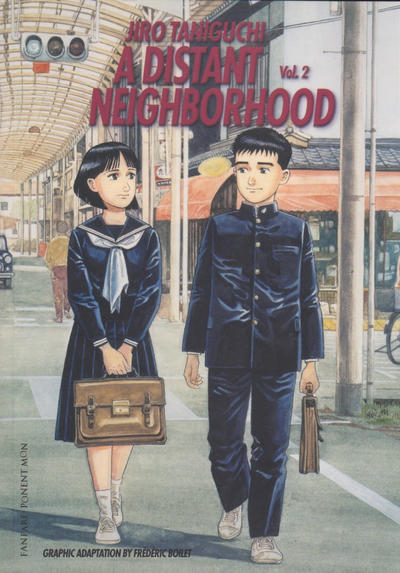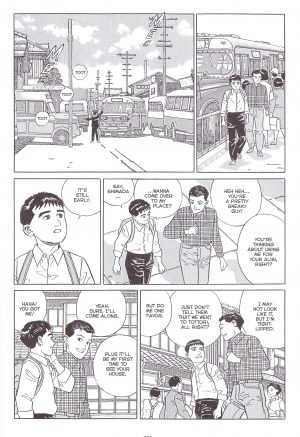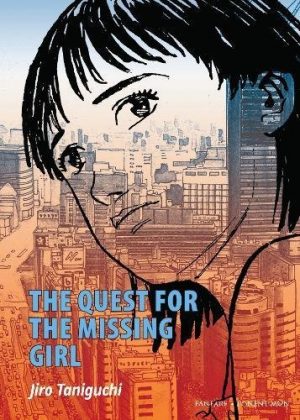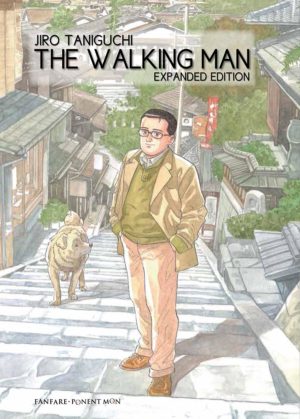Review by Frank Plowright
Hitoshi Nakahara has been given a chance no-one else ever has. He’s been returned to 1963, his fourteen year old body hosting his 48 year old mind. Perhaps he’ll now be able to answer a question that’s plagued him since adolescence: what happened to his father in 1963 when he disappeared? It’s a somewhat sensational topic for Jiro Taniguchi, whose work is generally more serene, yet he doesn’t stray far from his usual reflective presentation, being possibly the only comic creator who can bring an air of calm to Hitoshi’s unrestrained joy at messing around with a motorcycle.
Volume one was generally Hitoshi coming to terms with his new situation, reconnecting with old friends, and not entirely hiding his adult personality when it came to improving his performance at school. Taniguchi’s subtlety is such, and his convincing rendition of Hitoshi at fourteen so good that it took a while to realise just how sleazy it was for Hitoshi to form a relationship with the girl everyone fancied when he was younger. It was presented without comment, but here Taniguchi surprises with the cleverness of how he brings things home to Hitoshi via an unexpected meeting that parallels his circumstances.
The primary plot takes precedence here as Hitoshi investigates why and how his father disappeared in August 1963, beginning with the curtailed conversation with his grandmother that ended the opening volume. We learn how Hitoshi’s parents came together, and the exceptional times that forged their marriage. Both heartwarming and heartbreaking, it’s beautifully presented with an enviable delicacy to the naturalistic illustrations. Because Taniguchi tangles the central relationships so intricately he constructs a story where everyone remains true to themselves while causing others pain. Learning of events he’d previously not known prompts an awakening revelation for Hitoshi as he comes to realise how neglect can pass down a generation.
A Distant Neighborhood is ultimately a tale of redemption and awakening, a lesson touchingly imparted and memorably learned. Among many elements marking Taniguchi as a superior dramatist are two short epilogue cameos. Neither is really necessary, the ending uplifting without them, yet their inclusion is thoughtful and surprising. The joy of A Distant Neighborhood is now best experienced via the 2016 hardcover volume combining the two translated paperbacks.





